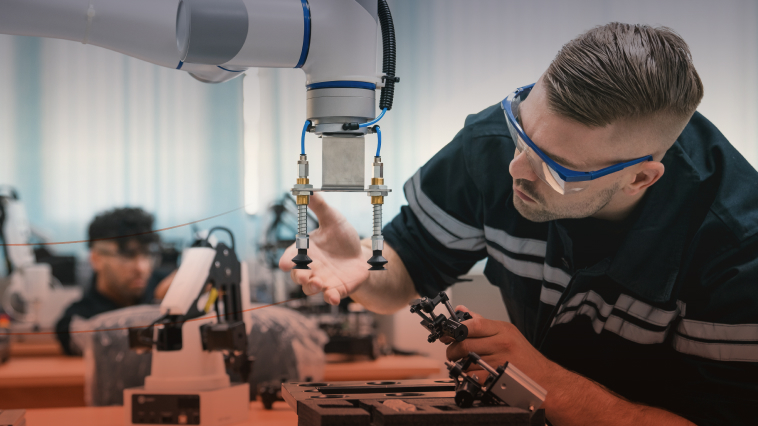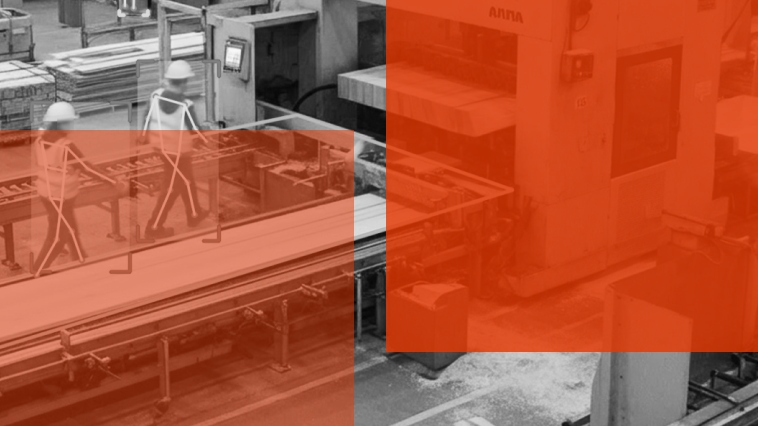In workplace safety, what feels familiar can often be the most dangerous. When risks become routine, they’re easy to overlook — not because of negligence, but because of something deeper: familiarity bias. This psychological tendency leads workers and safety professionals alike to unconsciously normalize unsafe conditions simply because they’ve grown used to them.
But now, AI is here to help eliminate these blind spots. By removing familiarity bias, scaling data collection, and freeing up professionals to focus on the field, these solutions are transforming how we manage safety.
Recognizing familiarity bias in the field
Something that happens very often — and it’s really just a psychological thing, not something done on purpose — is that a lot of reports come back with everything looking fine. But when visiting a site, it becomes clear that not everything is fine. Some things are missed. This can often be dialed down to familiarity bias.
When data is gathered manually, it’s harder for someone who experiences the daily realities of a facility to see problems clearly. Their perception of risk — what’s right and wrong — can be very different from the ideal state. AI does a really great job of eliminating this bias. You tell AI what is right and what is wrong, and it’s very black and white, so there’s not a lot of room for perception.
Sometimes, when you’re in the same environment all the time, issues become part of the background and go unnoticed. So what’s familiar to you may not be the safest option.
The limits of human observation and perception
We suffer from a need for a statistically large data set to make our analysis. And then the other thing we need to try and filter out is lacking quality. Anyone who’s done investigations of any kind knows that the human ability to observe, remember, and then report data degrades pretty quickly, and there are a lot of areas for errors in the data.
With an AI solution that is impartial, you do have a huge amount to not only increase the quantity of the data but the quality of the data. AI has a baseline that filters out human bias for inaccuracy. It allows you to collect all the data that you need and then filter out the things that are applicable or not applicable. It gives us a lot more timely insight into what we’re seeing out there and gets rid of the familiarity bias.
Teaching what the ideal safety state looks like
This ties into teaching what our ideal state is. People are used to dealing with issues every day. They don’t think they’re out of the norm, or they’re not able to envision that future state or perfect state. If we can teach that, we can have much better identification.
If we can use AI-powered safety management software to be very black and white about what is acceptable and not acceptable, we’ll have a lot better data quality.
Speaking of data quality, this expands on what was said earlier. One obvious issue is understanding what is actually unsafe or safe due to biases. But the second issue is the amount of safety data we’re collecting.
Seeing the full picture: AI vs. manual inputs
Often, companies set a goal for their associates, such as conducting an inspection twice a month and submitting observations. The volume of data we get from these initiatives may seem large, but compared to the data from an AI-powered EHS solution, it’s actually quite small.
It raises the question: Are the trends we’re identifying truly the top issues, or would we notice more if we could zoom out and observe everything happening on the floor every day?
A great example is if you get 30 observations a month, and one of those highlights a specific issue in the warehouse. If you compare this data with other data collected through AI, you might discover that the scope of the problem is either much smaller or larger than initially thought.
So when we increase the quantity of data that we’re inputting into our systems, we’re able to understand what’s the scale of the problem, do we really have a problem or do we have a perceived issue? This allows us to prioritize and act on our biggest problems first. When you compare the manual inputs from teams on the floor to the data collected through AI, we gain a much more comprehensive dataset that helps us analyze issues, effectively removing bias from perception.
It’s like running a 24/7 “cold eyes” review, which is invaluable for identifying things that are going wrong or could go wrong.
Reclaiming time for the work that matters most
To give us the ability to bring the right information to bear and to know what our top opportunities are, that takes data.
Historically, safety profession has been bound to paper for observations, hazard identification, all those things. And the processing of that and getting the right data converted into information is difficult when you’re trying to do it all manually. There’s just not enough time in the day to collect all that and ensure that you can process it and come up with information.
If we are spending more time on the collection and processing of data, we’re not spending a lot of time out in the field making that data impactful to our folks.
So every spot that we can, we want to look for ways to remove a person, a piece of paper, or a step in the chain between data collection and its actual use. The administrative overload is real. All of us are bound by it.
Remember the days where we were trying to make sure that we can find trends. And that took hours and days sometimes.
The more we can put into automation, the more effective safety management is going to be.
Familiarity bias can cause even the most well-meaning safety teams to overlook real risks. But with the help of AI-powered safety management systems, organizations can eliminate subjective blind spots, process more data with less effort, and provide their teams with accurate, unbiased insights.
By teaching what the ideal state looks like — and backing that vision with automation and scale — AI doesn’t just replace manual processes. It enhances the work of EHS professionals and empowers them to lead safety forward.
To learn more, schedule a call with our experts: https://www.intenseye.com/get-demo



